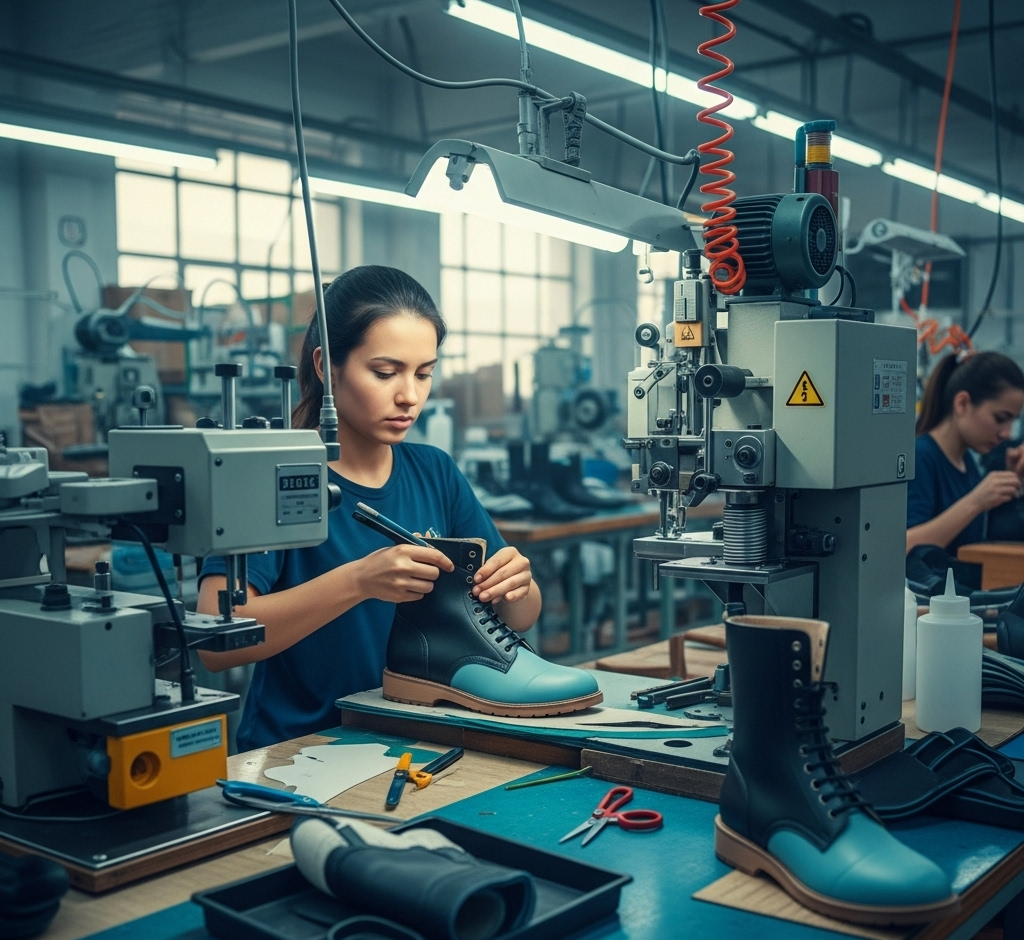
In the dynamic world of footwear manufacturing, strategic sourcing plays a pivotal role in determining product quality, cost efficiency, sustainability, and overall market competitiveness. As global supply chains evolve—driven by factors like rising material costs, environmental regulations, and consumer demand for eco-friendly products—manufacturers must adopt thoughtful approaches to sourcing key components such as soles, uppers, and linings. This blog post delves into effective strategies for sourcing these essential materials, drawing on industry insights to help brands optimize their production processes. Whether you’re a startup entering the market or an established player refining your supply chain, understanding these elements can lead to better outcomes.
Strategic sourcing goes beyond simply finding the cheapest suppliers; it involves evaluating factors like material durability, ethical labor practices, environmental impact, and long-term supplier relationships. In footwear, where components like soles provide traction and support, uppers define style and fit, and linings ensure comfort, the right sourcing decisions can reduce defects, enhance sustainability, and boost brand reputation. For instance, organizations like the Footwear Distributors and Retailers of America (FDRA) offer programs to navigate sourcing shifts and compliance issues. Recent reports highlight how factories are making sustainable strides, such as using recycled materials to cut emissions in standard shoe designs featuring polyurethane uppers and EVA midsoles.
Key considerations include:
Now, let’s break it down by component.
Soles are the foundation of any shoe, providing grip, cushioning, and durability. Common defects arise from poor material choices or bonding issues, making strategic sourcing crucial.
Here’s a comparison of top sole materials, based on performance and sourcing trends:
| Material | Key Properties | Best For | Sourcing Tips |
|---|---|---|---|
| Rubber (Natural or Synthetic) | High abrasion resistance, good slip resistance, flexible. | Outdoor and athletic shoes. | Source from Asia (e.g., Vietnam for Nike products); opt for recycled variants for sustainability. |
| Ethylene-Vinyl Acetate (EVA) | Lightweight, shock-absorbing, cost-effective. | Casual and running shoes. | Compression-molded EVA is widely available from Chinese suppliers; focus on density for durability. |
| Polyurethane (PU) | Abrasion-resistant, water-resistant in some variants. | Dress and work shoes. | Polyester-based PU avoids hydrolysis issues; source from specialized factories in Portugal or Taiwan. |
| Thermoplastic Rubber (TPR) | Durable, recyclable, good traction. | Everyday footwear. | Emerging in sustainable lines; check for min. abrasion resistance per ISO standards. |
By focusing on these, manufacturers can ensure soles that withstand wear while aligning with eco-goals.
Uppers encompass the visible parts of the shoe, influencing aesthetics, breathability, and fit. They often involve intricate stitching and must integrate seamlessly with soles and linings.
Linings provide interior comfort, moisture management, and hygiene, often overlooked but critical for user satisfaction.
Requirements include high tear strength and colorfastness per ISO standards.
Strategic sourcing for soles, uppers, and linings in footwear manufacturing isn’t just about procurement—it’s about creating value through innovation, sustainability, and reliability. By selecting the right materials and partners, brands can address challenges like rising costs and environmental pressures while delivering superior products. As the industry moves toward automation and eco-conscious practices, staying informed through resources like FDRA or sustainability reports will be key. Start by auditing your current suppliers and exploring diversified, responsible options to step ahead in the competitive footwear landscape.
© 2025 Lasso Supply Chain Software LLC
Get instant access to our report on the Top Procurement Trends of 2025.
Get instant access to our report on the Top Procurement Trends of 2025 by filling out the form below.
